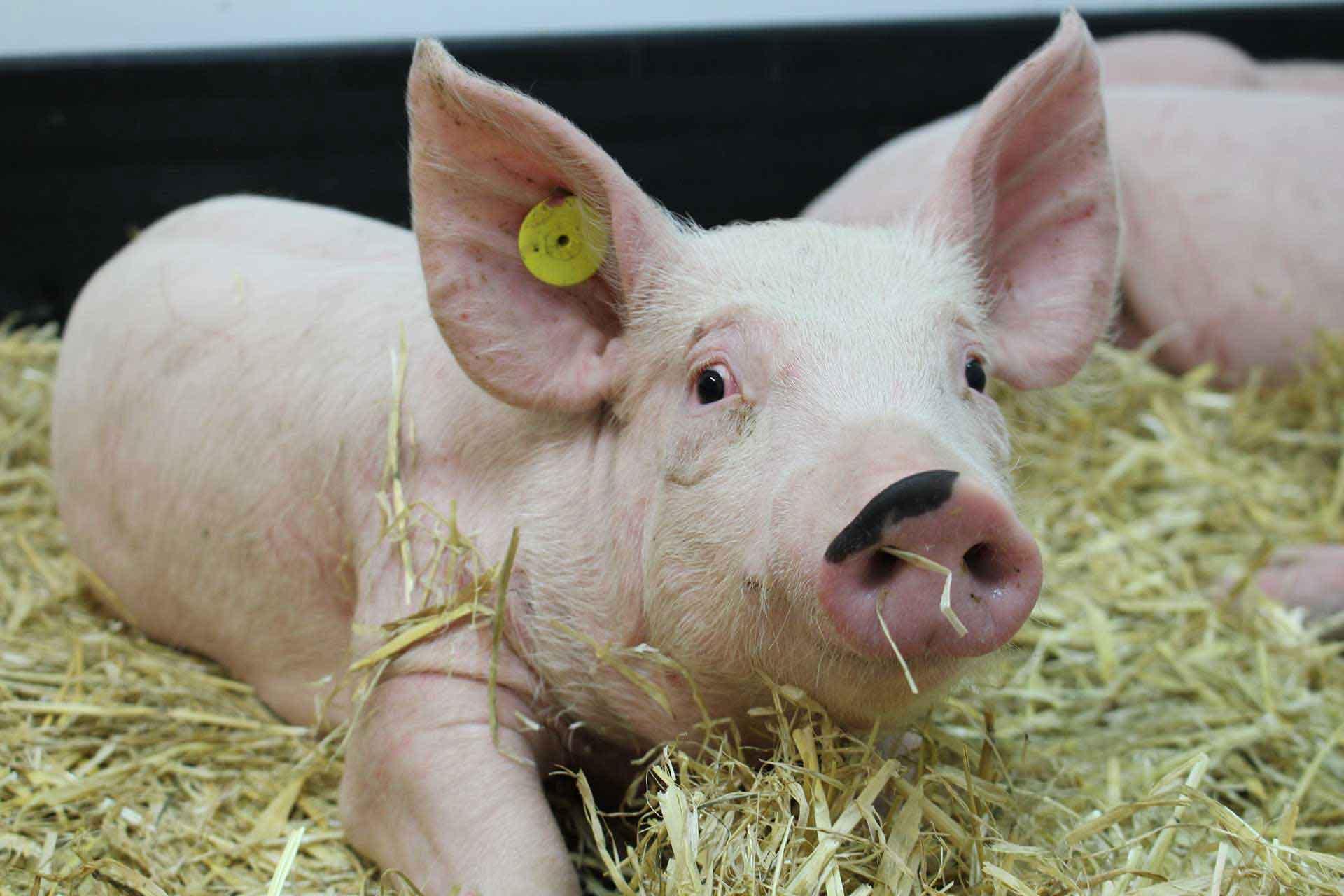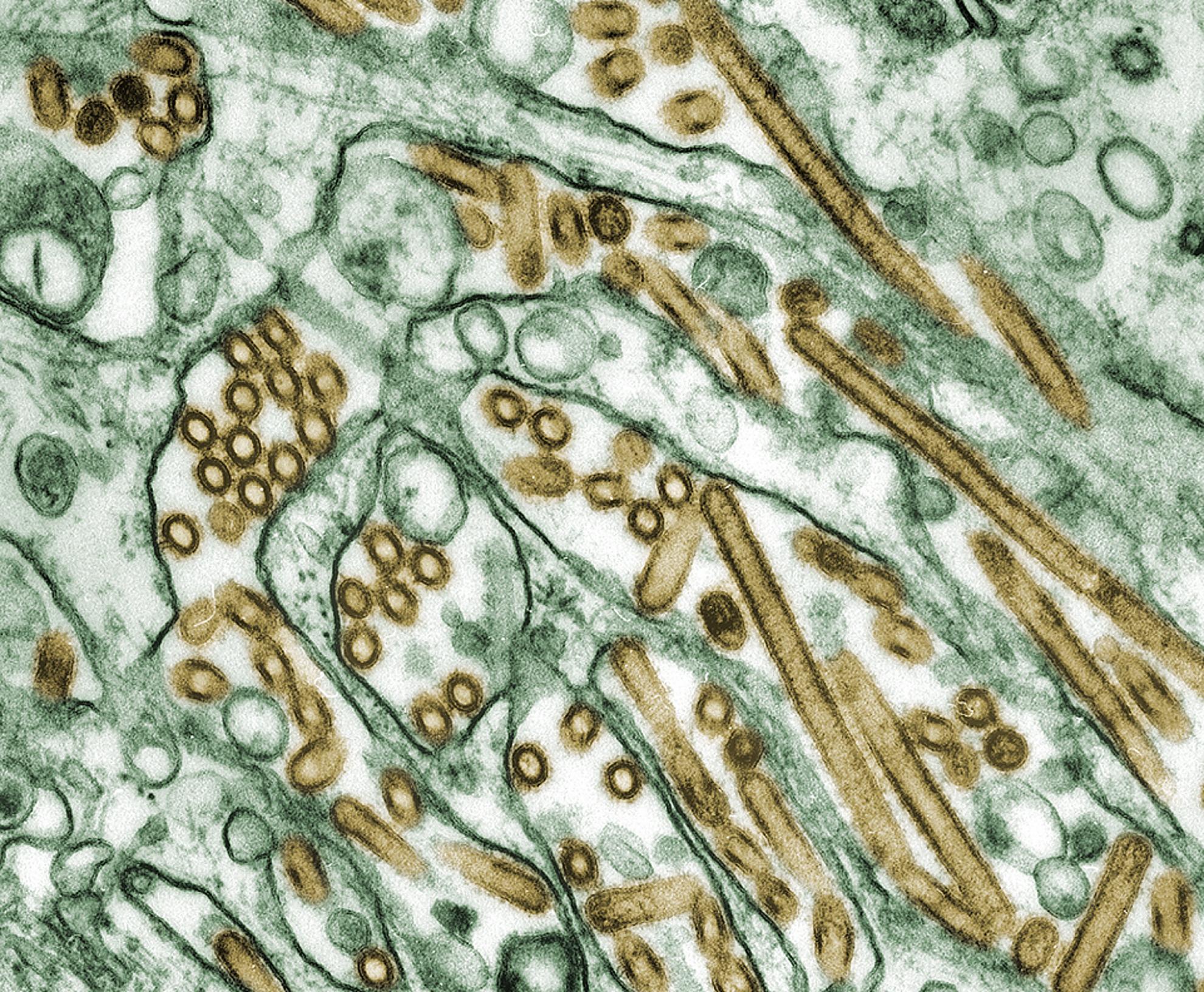Distinct immune responses and virus shedding in pigs following aerosol, intra-nasal and contact infection with pandemic swine influenza A virus, A(H1N1)09
Influenza virus infection in pigs is a major farming problem, causing considerable economic loss and posing a zoonotic threat. In addition the pig is an excellent model for understanding immunity to influenza viruses as this is a natural host pathogen system. Experimentally, influenza virus is delivered to pigs intra-nasally, by intra-tracheal instillation or by aerosol, but there is little data comparing the outcome of different methods. We evaluated the shedding pattern, cytokine responses in nasal swabs and immune responses following delivery of low or high dose swine influenza pdmH1N1 virus to the respiratory tract of pigs intra-nasally or by aerosol and compared them to those induced in naturally infected contact pigs. Our data shows that natural infection by contact induces remarkably high innate and adaptive immune response, although the animals were exposed to a very low virus dose. In contacts, the kinetics of virus shedding were slow and prolonged and more similar to the low dose directly infected animals. In contrast the cytokine profile in nasal swabs, antibody and cellular immune responses of contacts more closely resemble immune responses in high dose directly inoculated animals. Consideration of these differences is important for studies of disease pathogenesis and assessment of vaccine protective efficacy.


